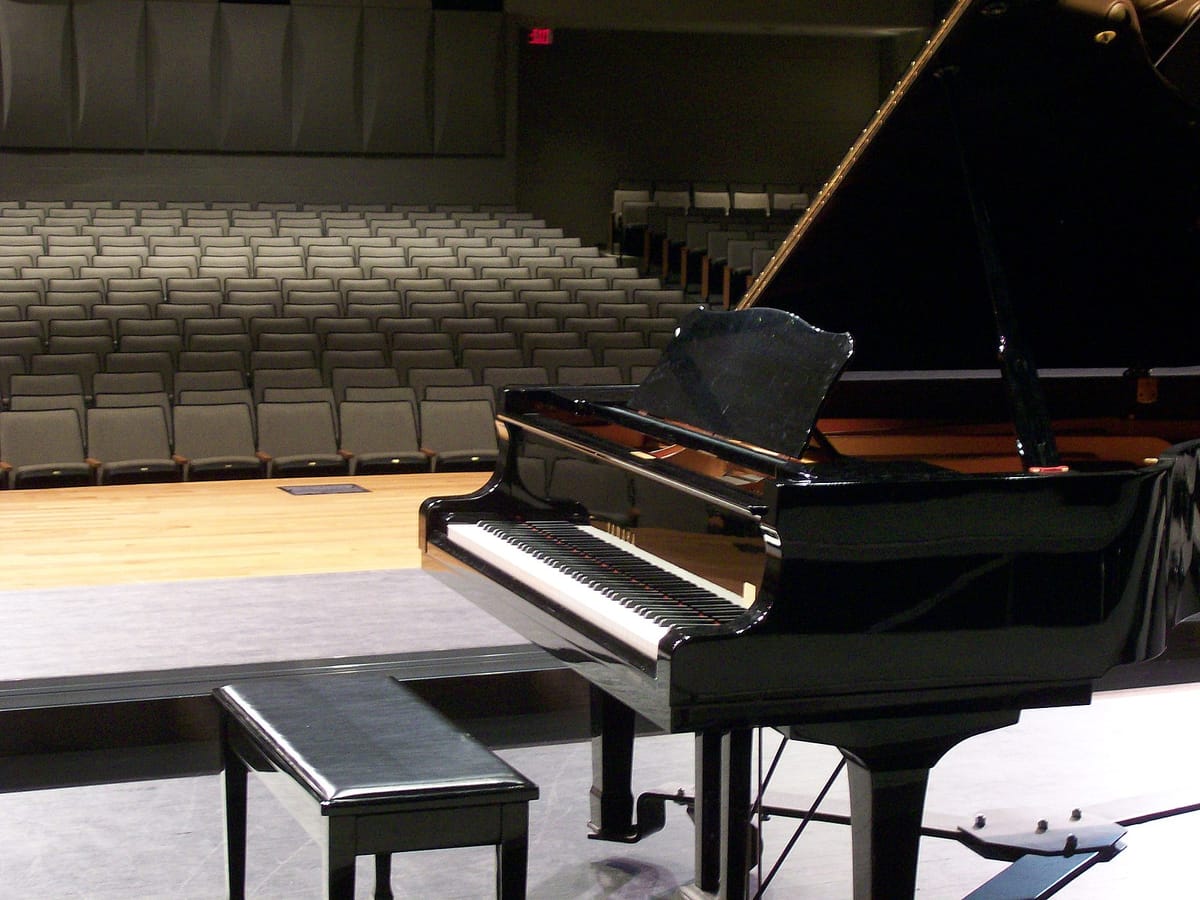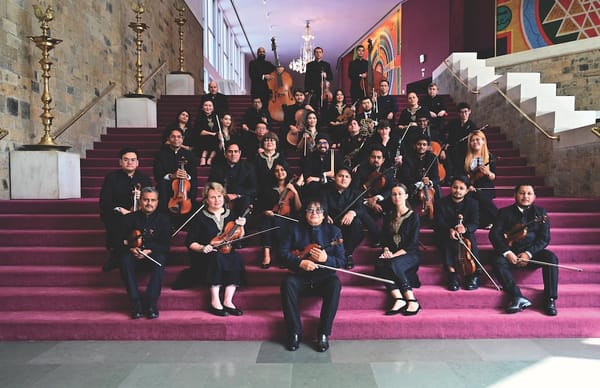The Evolution of Piano Design: From Harpsichord to Modern Grand

The piano, an iconic instrument of Western classical music, has a rich history that spans centuries, evolving through various designs and technological advancements. Its journey from the early harpsichord to the modern grand piano is a fascinating tale of innovation and artistry. This article delves into the historical evolution of piano design, highlighting the key developments and milestones that have shaped the instrument we know today.
Origins: The Harpsichord and Clavichord
Before the piano, the harpsichord and clavichord were the primary keyboard instruments in Europe. The harpsichord, with its plucked string mechanism, produced a bright, resonant sound but lacked dynamic range, meaning it couldn’t vary its volume based on the player’s touch. This limitation spurred the quest for an instrument that could express a wider range of emotions.
The clavichord, developed around the same time, addressed some of these limitations. It used a tangent mechanism, where small metal blades struck the strings, allowing for more control over dynamics and vibrato. However, its soft volume made it unsuitable for large performances, confining it primarily to private settings.
The Birth of the Pianoforte
The quest for a keyboard instrument capable of dynamic expression culminated in the early 18th century with the invention of the pianoforte, commonly known as the piano. The Italian instrument maker Bartolomeo Cristofori is widely credited with creating the first true piano around 1700. His invention, initially called the “gravicembalo col piano e forte” (harpsichord with soft and loud), featured a revolutionary hammer action mechanism that allowed players to produce different dynamics based on their touch.
Cristofori’s design included several key innovations:
- Hammer Mechanism: Unlike the plucking mechanism of the harpsichord, Cristofori’s piano used hammers to strike the strings, which then rebounded, allowing the strings to vibrate freely.
- Escapement: This feature enabled the hammer to fall away from the string immediately after striking it, preventing damping and allowing for sustained notes.
- Dampers: Felt dampers were used to mute the strings when keys were released, providing clearer articulation.
Despite these advancements, Cristofori’s pianoforte initially struggled to gain widespread popularity, partly due to its complexity and high cost. However, the groundwork was laid for future developments.
The Classical Era: Broadwood and Stein
By the late 18th century, the piano began to gain traction, thanks to improvements by various makers. Two significant figures in this period were John Broadwood of England and Johann Andreas Stein of Germany. Their contributions helped refine the instrument and solidify its place in classical music.
John Broadwood:
- Broadwood’s pianos featured heavier, more robust frames, allowing for higher string tension and greater volume.
- He introduced innovations like the divided bridge and the extension of the keyboard range, enhancing the instrument’s versatility.
Johann Andreas Stein:
- Stein’s pianos were known for their lighter touch and responsive action, qualities that were highly prized by composers and performers of the Classical era.
- He developed the “Viennese action,” which used a simpler, more direct hammer mechanism, making it easier to produce expressive dynamics.
The Romantic Era: Érard and the Rise of the Grand Piano
The 19th century was a period of significant evolution for the piano, driven by the demands of composers and performers seeking greater expressive capabilities. Two key figures in this era were Sébastien Érard of France and Henry Steinway of the United States.
Sébastien Érard:
- Érard is credited with inventing the double escapement action in 1821, which allowed for faster repetition of notes, a crucial feature for the virtuosic demands of Romantic music.
- His grand pianos were renowned for their rich, powerful sound and robust construction, making them favorites of composers like Franz Liszt.
Henry Steinway:
- Henry Steinway, the founder of Steinway & Sons, revolutionized piano design with numerous innovations, including the overstrung scale, cast iron frame, and improved action mechanisms.
- Steinway’s pianos featured a cross-stringing design, where bass strings were overlaid across the treble strings, enhancing the instrument’s tonal richness and sustain.
- The use of a cast iron frame allowed for higher string tension, producing a more powerful and resonant sound.
The Golden Age of Piano Manufacturing
The late 19th and early 20th centuries are often considered the golden age of piano manufacturing. During this period, numerous advancements in materials, engineering, and craftsmanship resulted in the development of the modern grand piano.
Cast Iron Frame:
- The introduction of the cast iron frame was a game-changer, providing the necessary strength to support higher string tension and larger soundboards.
- This innovation, combined with improved string technology, resulted in a louder, more durable instrument capable of filling large concert halls.
Overstrung Scale:
- The overstrung scale design, pioneered by Steinway, allowed for longer bass strings and improved string placement, enhancing the instrument’s tonal balance and projection.
- This design became the standard for grand pianos, significantly influencing their sound quality.
Action Mechanisms:
- Continued refinements in action mechanisms, including the development of the repetition lever and improved hammer materials, allowed for greater control, speed, and dynamic range.
- These advancements enabled pianists to perform increasingly complex and expressive music.
The Modern Era: Technological Innovations
The 20th and 21st centuries have seen the piano continue to evolve, incorporating new materials and technologies to meet the demands of contemporary musicians.
Composite Materials:
- Modern pianos often use composite materials for action parts, such as carbon fiber and advanced plastics, which offer greater durability and consistency compared to traditional wooden components.
- These materials are less susceptible to changes in humidity and temperature, ensuring more stable performance.
Digital Pianos and Hybrids:
- The advent of digital technology has led to the development of digital pianos, which use electronic sound synthesis to replicate the sound of an acoustic piano.
- Hybrid pianos combine traditional acoustic elements with digital enhancements, offering the best of both worlds. For example, Yamaha’s Disklavier series features acoustic pianos with built-in digital recording and playback capabilities.
- These instruments provide versatility for practice, performance, and recording, appealing to both amateur and professional musicians.
Sustainability and Eco-friendly Designs:
- In response to environmental concerns, some piano manufacturers have adopted sustainable practices, such as using responsibly sourced wood and eco-friendly production methods.
- Companies like Kawai and Yamaha have introduced pianos with reduced environmental impact, appealing to environmentally conscious consumers.
Conclusion
The evolution of piano design from the early harpsichord and clavichord to the modern grand piano is a testament to human ingenuity and the pursuit of musical expression. Each stage of development, from Cristofori’s pioneering hammer mechanism to Steinway’s innovative cross-stringing design, has contributed to the instrument’s unparalleled versatility and expressive power.
Today, the piano continues to inspire musicians and audiences worldwide, its rich history reflected in every note played. As technology advances and new materials are introduced, the piano’s evolution will undoubtedly continue, ensuring its place at the heart of music for generations to come.





